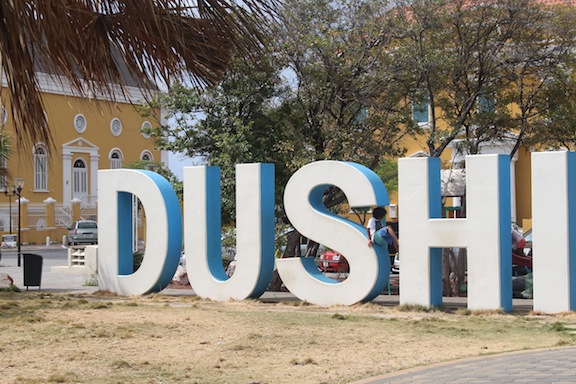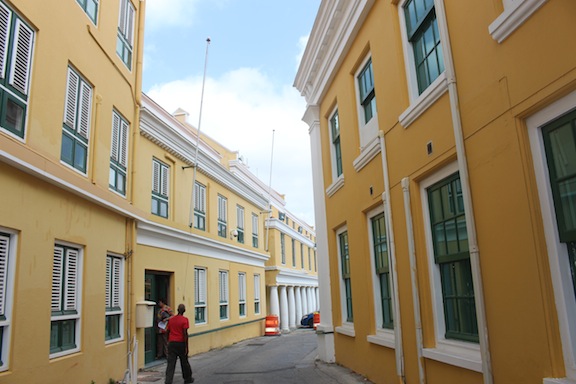By Alexander Britell (All photos by CJ)
Curaçao — The sights; the smells; the hum. Willemstad isn’t like many places in the region — it’s a historic but bustling urban area with an energy all its own. Our new Portrait of a City feature offers you a quick look at some of the sights that make this one of the unique capitals of the Caribbean.
Historic Willemstad is Curaçao’s heart, a city that is one of the larger and more architecturally impressive places anywhere in the Caribbean.
“Dushi” is a word that will follow you around on any day spent in the capital. It’s the Papiamentu word for “sweet,” and it rather aptly describes the soul of this city.
Willemstad’s colourful architecture is recognized around the region — particularly its unmistakeable shade of yellow.
Of course, it’s not just for show — these buildings still house the political, economic and legal apparatus of the island.
The city also has one of the few thriving cafe cultures in the Caribbean — with spots like this the perfect place to people (and bridge) watch.
The famous “floating bridge,” which dates back to the end of the 19th century, is truly one of the wonders of the Caribbean — and the world.
All throughout the day, its engines will move back and forth to turn the bridge and make way for passing ships. (And you can even stay on the bridge while it happens).
The capital is a beautiful labyrinth of tiny alleyways and winding streets — things you’d more typically find in Europe, not the Caribbean.
The Mikve Israel-Emanuel synagogue is the oldest continuously-operated synagogue in the Western Hemisphere on an island that proved to be a haven for Jews fleeing the Spanish Inquisition. The building’s use dates to 1732.
Moises Frumencio da Costa Gomez was the founding father of modern Curaçao and its first Prime Minister.
Willemstad also one of the better shopping destinations anywhere in the region – from well-known luxury brands to small boutiques, all in an easily walkable space.
Each day, ships (mostly from nearby Venezuela) come to Willemstad’s Punda neighbourhood to peddle their wares, from art to produce, at the so-called “floating market.”
The Plasa Bieu market is the go-to spot for traditional local food in Willemstad.
It’s rare to find cities in the region where one can come upon both traffic and tranquility — all in the same place.
— CJ














